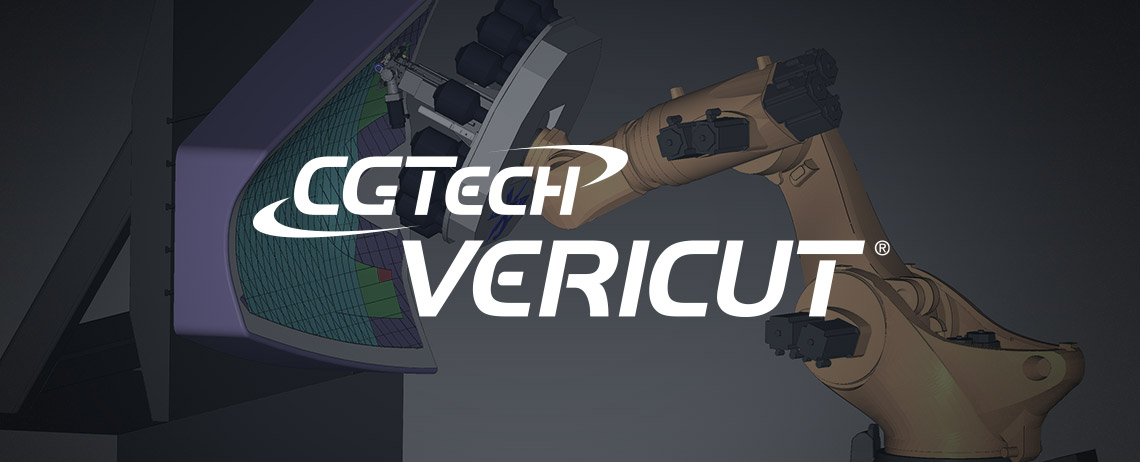Pacific Northwest Defense Coalition works with members to bring innovation to the defense aerospace market
Since 2005 the Pacific Northwest Defense Coalition has been a coalescing force bringing companies together to support their growth in the defense supply chain. Today, over 300 companies in the Pacific Northwest benefit from PNDC’s focus on regional collaboration and driving innovation in support of market needs. The PNDC serves as a gateway for businesses to innovate and meet the cutting edge demands of defense technology and Department of Defense (DOD) initiatives.
Mike Brown, a former Silicon Valley CEO and now director of the Defense Innovation Unit (DIU) at the U.S. Department of Defense, shared why innovation is important. “We’re losing that [technological] edge and we’re losing it at a rapid rate. And I think if we look at what is required to keep that edge, it’s going to be a recommitment to science and technology in this country. We must reimagine these roadblocks in our way, these obstacles … you’re not going to be able to do that if you maintain requirements. It’s about modularity, open interoperability, open standards … that requires a rethink.”

Denise Ryser, market development director of the PNDC, said that innovation means problem-solving for the DOD. PNDC is a membership trade association for those in the Pacific Northwest defense and security industry businesses, according to their website, www.pndc.us. She added that working with members to create advancements for better efficiencies, sustainability, and safety for end-users is essential. The Northwest is known for bringing advancements into several areas including autonomous solutions, cyber warfare, and stealth technologies.
Ryser said, “There are opportunities to work with every branch of the DOD and Homeland Security, which includes, but is not limited to, the Army, Navy, Air Force, Marines, Coast Guard, Space Force, and the National Guard. The Departments of Defense and Homeland Security are also looking for innovation in energy, climate, and other non-traditional ‘defense’ departments —
PNDC is focused on connecting our members with these opportunities and using our well-known high-tech eco-system to make the Pacific Northwest a hub for defense innovation.”
Innovating in the defense market comes through many channels including working directly with the government and business-to-business collaboration. Eric Yates, vice president of business development at Gladiator Technologies (Snoqualmie, Washington), a manufacturer of inertial measurement sensors and systems, explained that for some companies, growth in the long cycle of the defense industry can be a long-term process. “One of our best customers today is based in the U.K. but supplies into a U.S. Army program; we started the project 10 years ago and have only recently started to support full rate production.”
Yates explained that often for small businesses, getting in front of the DOD and going to market with a product can be very involved and includes developing proof of concept, testing, and, most notably, making connections with partners to get the product or business off the ground.
“There can be a lot of effort to win a defense program and it may require patience, but there are long term dividends and business that is well defined, based on the budgeting cycle of the DOD,” Yates said.
Yates is on the PNDC board of directors, where they are focused on ways to provide value to member companies and find ways to support and grow local businesses.
The PNDC focuses on facilitating many different types of collaboration.
Ryser said that the organization is all about partnerships between PNDC members on behalf of the defense industry. She shared, “Since 2018, PNDC has participated in pitch days that allow our companies to get in front of technology scouts from across the many branches of the DOD and Homeland Security.” She said there are opportunities to participate in one-to-one pitch programs with high-ranking procurement professionals.
In addition, organizations within the Pacific Northwest are finding ways to succeed together. Patrick Host, communications specialist for Insitu, a UAV manufacturer, said they have been members of PNDC for about seven years. Insitu has locations in Bingen, Washington, and Hood River, Oregon, plus facilities in the U.K. and Australia.
Host said they have about 1,000 employees. While they can provide services to non-governmental organizations, “We focus on providing the world’s best mid-sized unmanned aerial vehicles, software, and support to the Pentagon and its allies.”
Host said on behalf of Insitu, “PNDC’s offerings to its members have provided Insitu with several valuable customer interactions.” In addition, Insitu has partnered directly with other members on projects.
He added, “In February 2021 the liquid hydrogen (LH2) flight tank, designed for Insitu’s ScanEagle3 UAV, completed liquid hydrogen fill, pressure, and vapor generation testing at Washington State University’s Hydrogen Properties for Energy Research (HyPER) laboratory. WSU is a fellow member of PNDC.”
He said that the tests with WSU were successful; he provided a resource link for those interested in learning more at www.insitu.com/news/insitu-advances-its-fuel-cell-strategy.
As a PNDC member, Insitu is providing innovations to the defense market, such as the following, said Host:
• “Insitu pioneered our catapult and SkyHook launch and recovery methods that provide runway independence. Many competitor UAVs require runway infrastructure to launch and land.
• To further reduce our infrastructure footprint, Insitu is developing a hybrid vertical takeoff and landing (VTOL) UAV modeled on our Integrator aircraft that will eliminate the need for launch and recovery equipment while increasing portability. Insitu also pioneered the modular open system architecture (MOSA) Integrator UAV, which allows customers to mix-and-match payloads for each mission depending on their needs. Many UAVs limit the use of payloads to those manufactured by the aircraft developer.
Insitu’s efforts in the UAV market are shared by Hood Technology (Hood River, Oregon). Hood Technology manufactures innovations for the UAV, drone, and manned aircraft markets, search and rescue, defense applications, and fire mapping.
Nolan Ohmart, vice president of global growth for Hood Technology, said that their systems work on any aircraft. The lines of business include work in blade vibration and monitoring, UAV catapults, and stabilized imaging turrets.
Ohmart said they are successful with several lines of business. “There are defense applications for many of the products, and the focus is on outreach and growing the name.”
Although they aren’t yet a member of PNDC, they have been considering membership. “The PNDC has potential to increase our visibility and while the organization is based in the Pacific Northwest, we see PNDC represented all over the world,” said Ohmart.
PNDC has expanded collaborative efforts, including taking member companies to international defense exhibitions in London and Paris. This is an example of one of the many ways the organization has focused on delivering value to companies and open new doors. One of these new ventures includes support for the newly opened Mission Acceleration Center (MAC) in Seattle, Washington.
“We also participate in the Pacific Northwest Mission Acceleration Center™, a pilot program that started in Seattle and will roll out to limited locations throughout the United States in the upcoming years,” said Ryser.
She added, “Our partners from NavalX, NSIN, and Impact Washington proposed this idea. PNDC is proud to work with these folks to ensure the existing innovation ecosystem in the Northwest gets the opportunities that the regional innovators deserve.”
The team with Gladiator Technologies has been involved by attending events and will continue to support its mission to help industry and government work together to solve current challenges and develop new technology. The website, www.pnwmac.org, states, “The PNW MAC™ goal is to accelerate your path from innovation to use for defense and homeland security clients.”
In addition to participating in groups like the PNW MAC™, Yates said it is valuable to be involved with PNDC’s networking events.
He noted that they have meetings with members of Congress to discuss new policies with the DOD and what is coming down the line. He said, “It is good to hear from those impacting and making the policy. The advocacy part is where my company finds great value.”
He also shared that while most networking meetings started as socials in the greater Portland area, they are now also holding virtual events across the Northwest. “PNDC can have more influence in supporting the supply chain.”
He said that with the long lead time, companies often hear, “Wait 10 years and then make some money.” Having PNDC as an advocate for you with the DOD is an asset. He added, “They help get good ideas down the road.”
PNDC has expanded in-person and virtual networking across Idaho, Montana, Washington, and Oregon. Yates said they might have 75-100 people in the virtual events. Ryser added that the in-person events are growing.
“Any time you want to network, you have resources,” said Yates about PNDC’s expanded reach.
Moving ahead with innovations is vital to the Pacific Northwest, which is the focus of PNDC leadership, and its membership base. Areas of innovation include manned and unmanned systems, safety, security, tactical and software as a service to name a few. Uniting members as business partners in new projects for the DOD and Homeland Security including the branches of the military, is mission critical to PNDC.




